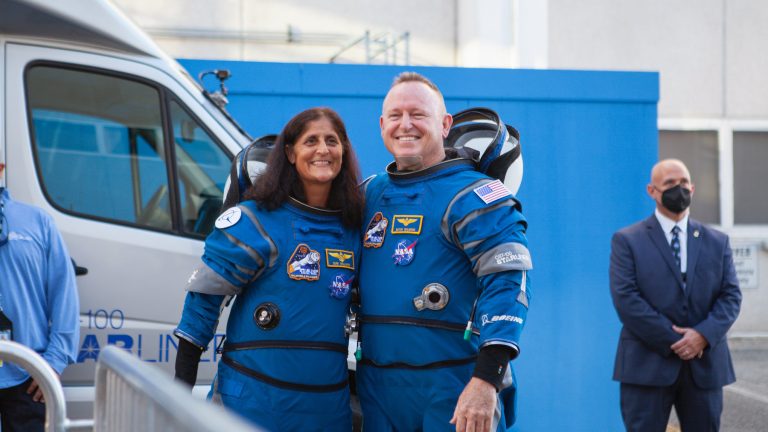50 years ago today, IBM unveiled the System/360 mainframe, a groundbreaking computer that allowed new levels of compatibility between systems and helped NASA send astronauts to the Moon.
While IBM had been making its 700 and 7000 Series mainframes for more than a decade, the System/360 "ushered in an era of computer compatibility—for the first time, allowing machines across a product line to work with each other," IBM says. "It was the first product family that allowed business data-processing operations to grow from the smallest machine to the largest without the enormous expense of rewriting vital programs... Code written for the smallest member of the family had to be upwardly compatible with each of the family’s larger processors. Peripherals such as printers, communications devices, storage, and input-output devices had to be compatible across the family."
Before the System/360, "businesses bought a computer, wrote programs for it, and then when it got too old or slow they threw it away and started again from scratch," IBM spokesperson Barry Heptonstall told the BBC.
Text of the original press release issued by IBM's Data Processing Division on April 7, 1964 is on IBM's site. The systems would sell for $133,000 to $5.5 million, or could be rented for $2,700 to $115,000 a month. The least expensive started shipping in 1965, with higher-end ones being delivered in 1966.
Despite the high price, there was much excitement. "More than 100,000 businessmen in 165 American cities today attended meetings at which System/360 was announced," IBM said at the time. Company President Thomas J. Watson Jr. called the System/360 IBM's most important product announcement ever and said it "represents a sharp departure from concepts of the past in designing and building computers." The initial announcement didn't actually call it a "mainframe," a word IBM wouldn't embrace for many years.
IBM received more than 1,000 orders in the month after the announcement and another 1,000 over the ensuing four months. The specs were impressive for the time. "Introduction of the 8-bit byte, over the prevalent 6-bit standard, made it easier to handle both business information processing and scientific data processing," an IBM retrospective says. "The six models announced in April of 1964 had a performance range of roughly 25-to-1, with the largest model being about 25 times more powerful than the smallest. The smallest model could perform 33,000 additions per second; the largest more than 750,000 additions per second."













 Loading comments...
Loading comments...
